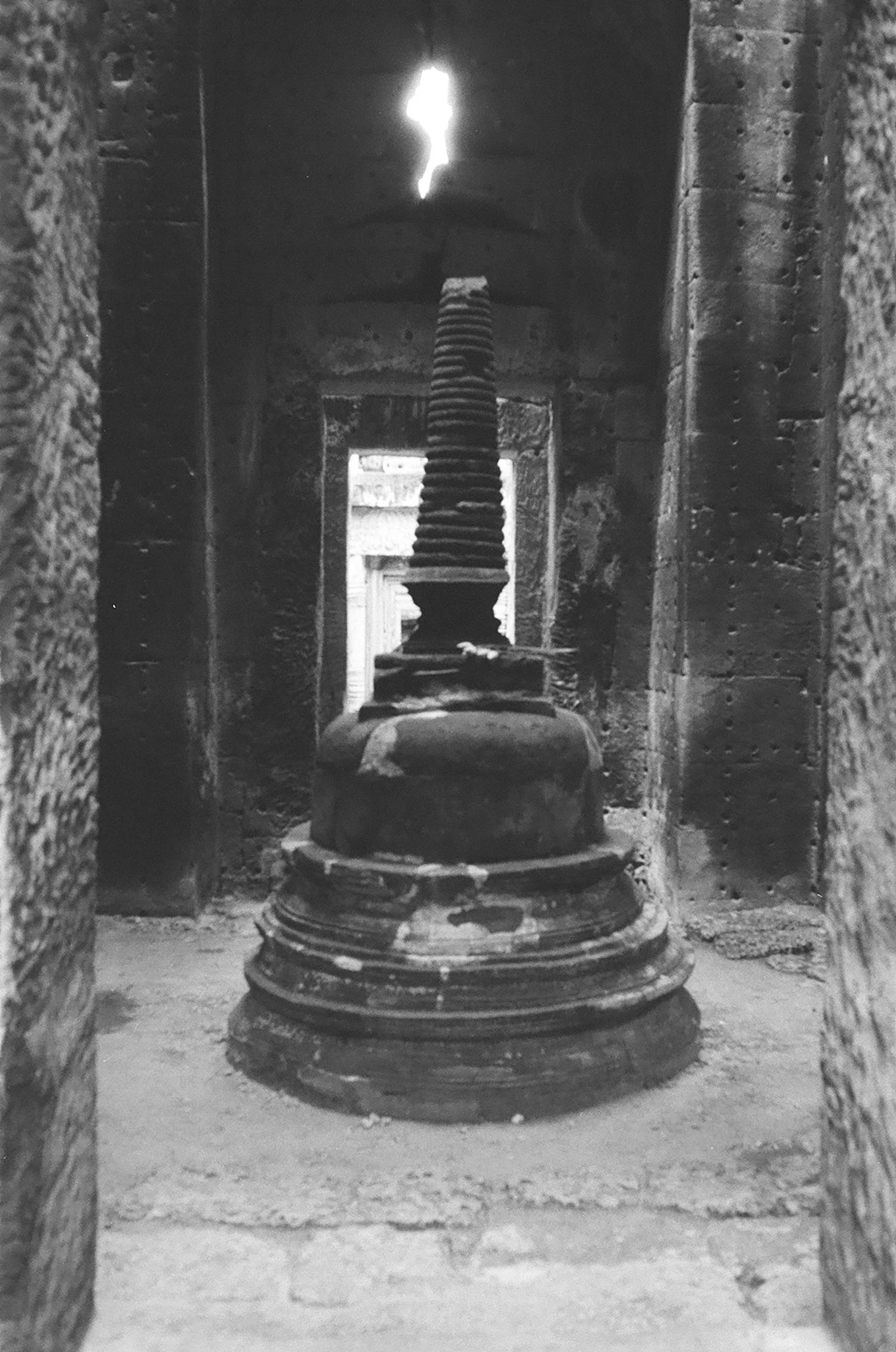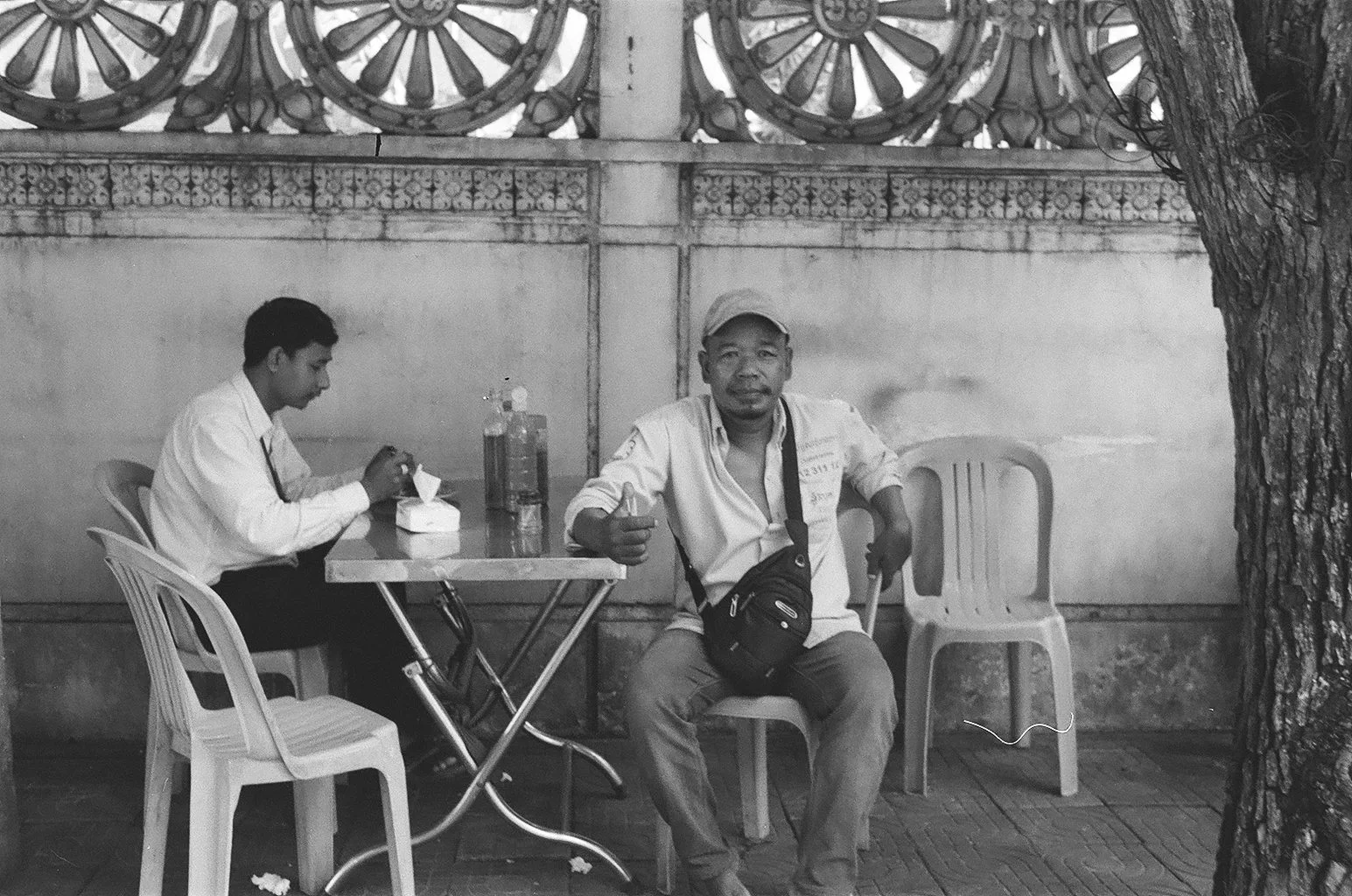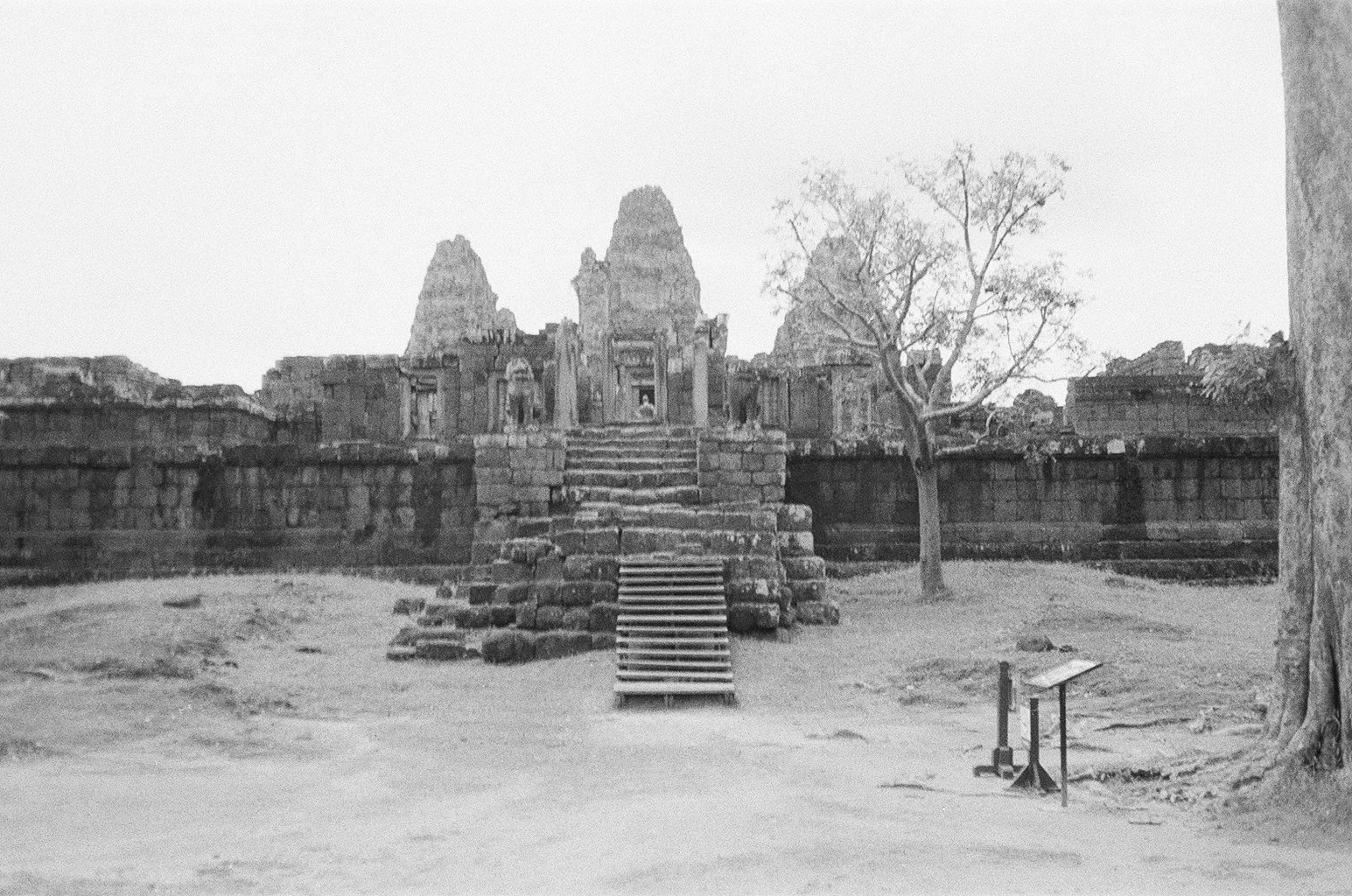Cambodia's Complexities
Cambodia's Complexities
Photos by: Pelat Press
Jun 20
Unveiling the Layers Behind Angkor Wat and Modern Challenges
The name Ang Kor Wat evokes visions of grandeur in the minds of every
man, woman and child to have seen an image of the magnificent temple complex
on google images. But beyond the awe inspiring splendour of the kilometres long man made moat or the beautifully crafted engraved images on stone, how many of
us can say we know the history of the site or more so the land that supports its very foundations. The name Ang Kor Wat evokes visions of grandeur in the minds of every man, woman and child to have seen an image of the magnificent temple complex on google images.
But beyond the awe inspiring splendour of the kilometres long man made moat or the beautifully crafted engraved images on stone, how many of us can say we know the history of the site or more so the land that supports its very foundations. As a south East Asian I’m ashamed to say that until a few months ago, names like suryavarman II were as alien to me as nuclear physics is to a student of political science.
But delving into the subject of the once mighty monument and the tragic recent history of its mother land I became aware of a tragic lack of literature surrounding the former and the latter. Books on the country released as early as 2011, such as “Cambodia’s Curse” by Joel Brinkley fall into the trap of assigning the whole of the country’s woes to perceived cultural inadequacies on the part of the Khmer people. With the writer making claims that the Khmer have a poor affinity for education as compared to the Vietnamese due to a lack of affiliation with Chinese culture and its system of civil service exams. (Cambodia's curse, introduction pgxx)
Such claims continue in the footsteps of a long orientalist tradition that has historically made sweeping generalisations regarding Cambodia based on a poor opinion of Cambodians themselves.
Early western scholars have even gone so far as to assert that Ang Kor Wat could not possibly have been built by the Khmer but was rather the work of Greco Roman rulers such as Alexander the Great or the Roman emperor Trajan. These claims old and new rest on outsider’s perceived contrast between the splendour of Angkor wat and the unfortunate state of the Cambodian people. Such generalisations ignore the numerous geopolitical, environmental and socio political issues that have long plagued the land.
This article aims to provide a brief survey of the varied issues that have long plagued Cambodia for the last 700 years. Cambodia today is for the most part religiously homogenous with more than 90 percent of its population identifying as Theravada buddhists, but this was not always the case. Originally a Hindu kingdom, this changed when the historically renown khmer builder king jayavarman ii converted to Mahayana Buddhism, a move rescinded by his later successor jayavarman 8 who returned to Hinduism, before state patronage turned towards Theravada buddhism under his successor indravarman iii. This state of religious flux amongst the Khmer political elite and the lack of religious homogeneity between said elite and the common people have resulted in a degree of internal political instability within the Khmer empire. Amid these rather trying circumstances, modern scholars believe Cambodia was affected by a pro longed period of drought, brought about by radical shifts in the climate, which devastated an empire heavily dependent on the monsoon rains for irrigation.
Beyond these woes, the Khmer empire and the subsequent kingdom of Cambodia were consistently bullied and harassed by the neighbouring Thai and Vietnamese, which had all but split the country between themselves when King Norodom placed the country under French protection in 1863. Unlike Cambodia’s peer the Mataram sultanate in modern day Indonesia, the French did not find a strong and prosperous kingdom as the Dutch did in Indonesia but rather a kingdom which was already on its last legs. The Mataram was for example still able to organise two assaults against the Dutch controlled city of Batavia in 1628 and 1629, though these attacks were unsuccessful, the ability to mass armies spoke to an infrastructural strength no longer present in cambodia.
Cambodias woes followed them well in the 20th century, with the Khmer Rouge genocide being responsible for the deaths of an estimated 2 million Cambodians and a whole generation of academics, only ending with another invasion by Cambodia’s neighbour Vietnam in 1979. Today, while military violence no longer looms over the country, Cambodia experiences another kind of domination, a lack of high skilled labour in the country leaves the nation open to external influence from its wealthier neighbours, further accentuated by worldwide economic shocks brought about by the recent covid 19 pandemic and the war in Ukraine which caused major oil price hikes. Walking through the city, one need look no further than a gas station to see the effects of recent price hikes, with the price of gasoline being approximately $1.30 per litre when I visited in September, as compared to only a dollar per litre in neighbouring Vietnam.
In a country where the average tuk tuk driver was heard to earn 15-20 usd a day, and uses 4 litres of gasoline a day, the high gas prices weigh heavy on practitioners of the trade, and will no doubt have impacts on long term social mobility. But the question that I hope I leave you with at the end of this article, is not how can we solve Cambodia’s woes, but rather I wish to leave you all with a sense that Cambodia’s current issues are a result of no one factor but rather numerous factors that outsiders still struggle to understand, if this article has any purpose whatsoever it is to start a discussion amongst Cambodians and non Cambodians alike on the nature of Cambodian statehood in a modern globalised world and only by looking at the past and humanising these problems, rather than generalising them, can we start to first understand the problem.written by: Pelat Press








